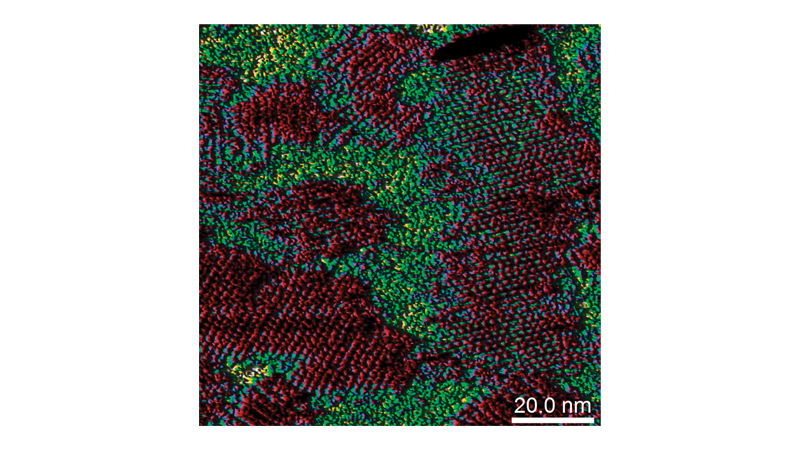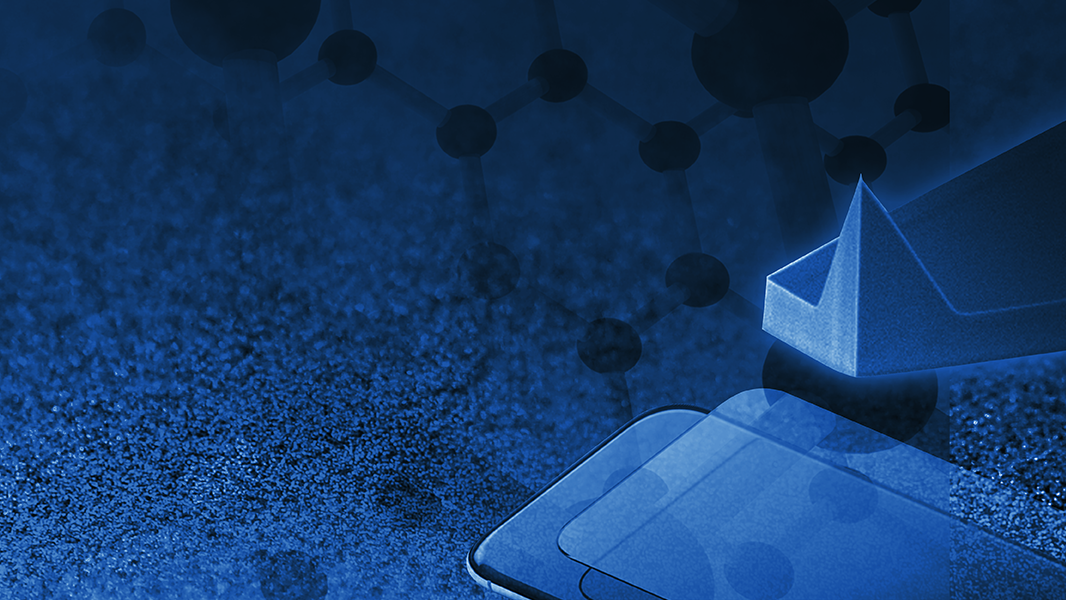PFM/CAFM Studies of Conductive Domain Walls in High-Density Ferroelectric Memory Device
Nature Materials, 2018, 17, pp 59-56
Ferroelectric memories alter the polarization states by externally applied electric fields, through which they store non-volatile logic information. Ferroelectrics are promising due to their theoretical ns-to-ps speed, unlimited cycle endurance, low energy consumption, and high-density storage. However, today’s ferroelectric memories that are comparable with CMOS technology suffer from destructive read-out process, >250 nm cell size, low speed, and lack of reliability. The authors demonstrated a high-speed, reliable and scalable ferroelectric memory device fabricated from epitaxial BiFeO₃ thin film. The non-destructive read-out of the polarization stated in this work is based on the temporary formation of highly conducting domain walls. Conductivity only appeared when applying a short-time read field that is larger than the coercive field of the domain. This temporary effect eliminates the accumulation of the mobile defect and enhances the device reliability. Characteristic length and width of the device were made as small as about 50~60 nm, which guaranteed both the high speed and the scalability. PeakForce Tapping mode was used to characterize the details of ferroelectric surfaces. High-resolution PeakForce Tapping visualized the domain dynamics while conductive AFM confirmed the change of conductivity under the application and de-application of external electric fields. This work makes important progress in the field of ferroelectric memories.

